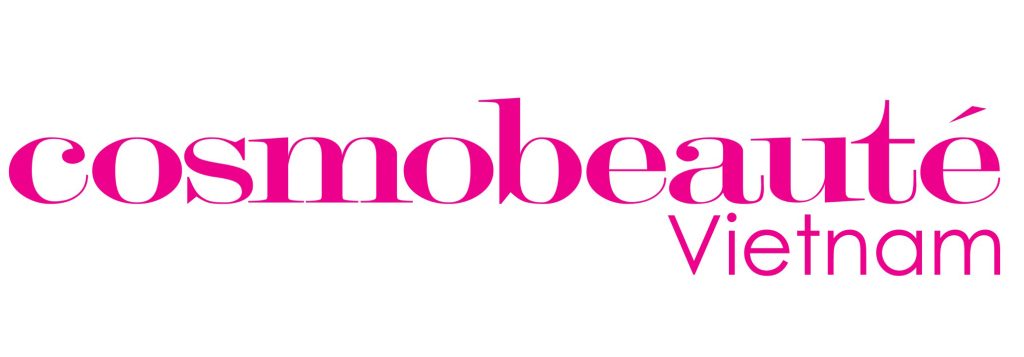POWER OF PRODUCT PACKAGING: ‘FACE SET’ – SHAPING CONSUMER PERCEPTION AND BRAND STANDINGS AMIDST COMPETITIVE RIVALS!
Packaging isn’t just a container; it’s the face of a brand, reflecting its reputation and quality. It’s the first and last impression customers have when they see products on the shelf. Eye-catching design and high-quality materials play a huge role in grabbing attention and leaving a lasting impression. Unique packaging sets brands apart from the crowd.
Factors that influence packaging design include:
· Eye-catching visuals: A combination of appealing graphics, catchy slogans, logos, and colors creates a strong impact.
· Material quality: The feel of packaging, whether it’s bottles, jars, or boxes, affects how customers perceive the product.
“Eye-catching packaging isn’t just for show; it’s an opportunity to stand out and attract attention on social media. Unboxing videos, product launches, and customer stories can all be shared, amplifying brand visibility.
According to Dotcom Distribution, 36.8% of consumers actively seek out unboxing videos, showing the power of engaging packaging. Take Apple, for example; their meticulously designed ‘slow slide’ box isn’t just packaging—it’s an experience. This attention to detail ignites excitement among Apple fans, driving them to share their unboxing experiences online.”
Product packaging design is a natural part of any brand’s marketing strategy.
On average, it takes 5-7 exposures for consumers to develop brand awareness. According to a study by Loyola University, color, in particular, can create a strong impression, increasing brand recognition by up to 80%.
Product packaging in marketing conveys brand messages
Product packaging design can also communicate brand values, which is crucial for attracting and retaining customers. According to Harvard Business Review, shared values are the primary reason for maintaining brand relationships with customers 64% of the time. Consistency in elements such as logo, color, layout, etc., on product packaging impresses customers, making it easier for them to recognize the brand’s message and identity.
Product packaging in marketing is practical
In reality, the practicality of packaging relates to the shape, size, and function of the product packaging. The more practical the product packaging, the more it sells. Practicality applied in packaging strategies can make products easier to use, carry, or store.
A prominent example of this product packaging strategy is Heinz. When the Heinz brand upside-down ketchup bottle was introduced, their sales soared. The upside-down packaging not only delighted customers but also depicted the reality of how customers use ketchup bottles – they often flip the bottle upside down.
Ensure the message is simple yet comprehensive
Many people pay attention to product information on packaging before deciding whether to purchase it or not. Information about origin, ingredients, usage instructions, etc., is all very important. Of course, you don’t necessarily have to list this information on packaging in a boring way. You can express them through images, symbols, icons, etc. But make sure the most basic principle is “simple and memorable”. The simpler the information is presented, the less time customers will spend reading, thinking, and deciding.
Therefore, product packaging containing comprehensive information, attractive images, and eye-catching design is a way to market and promote a brand without any external marketing efforts. The attractiveness and appeal of the packaging have helped the product sell itself.”




